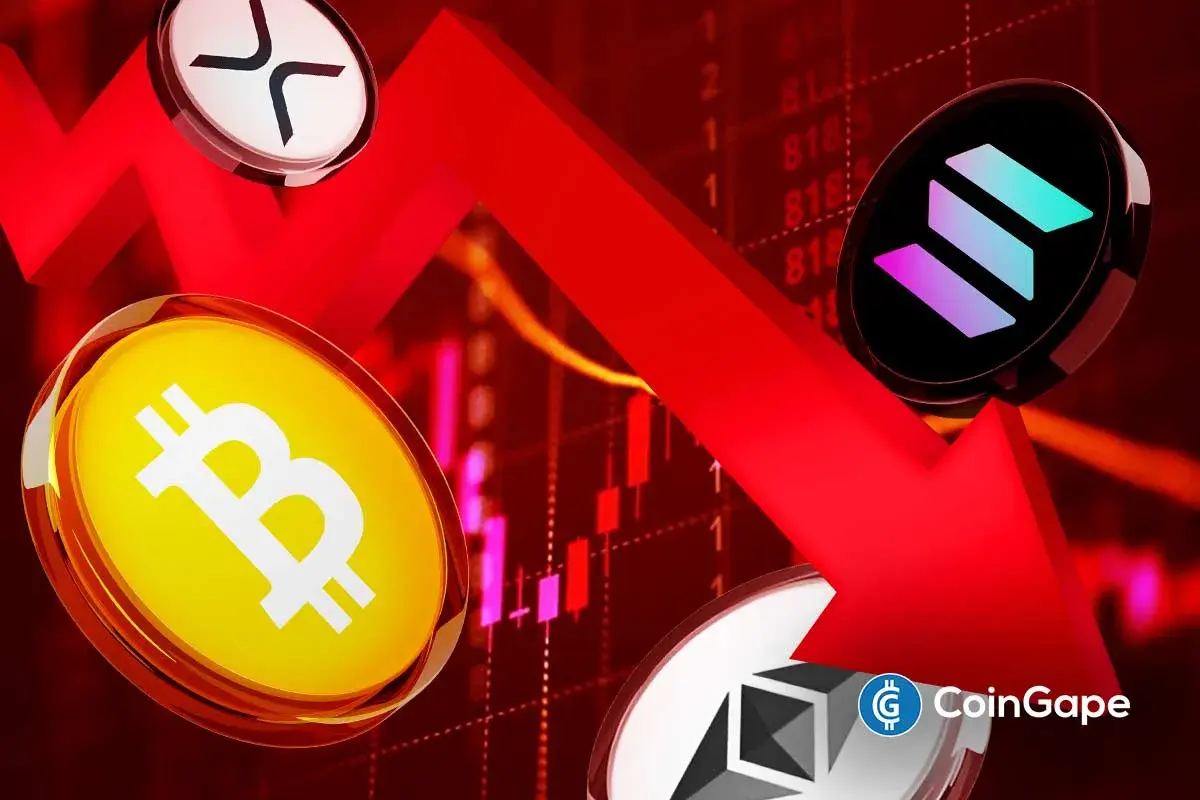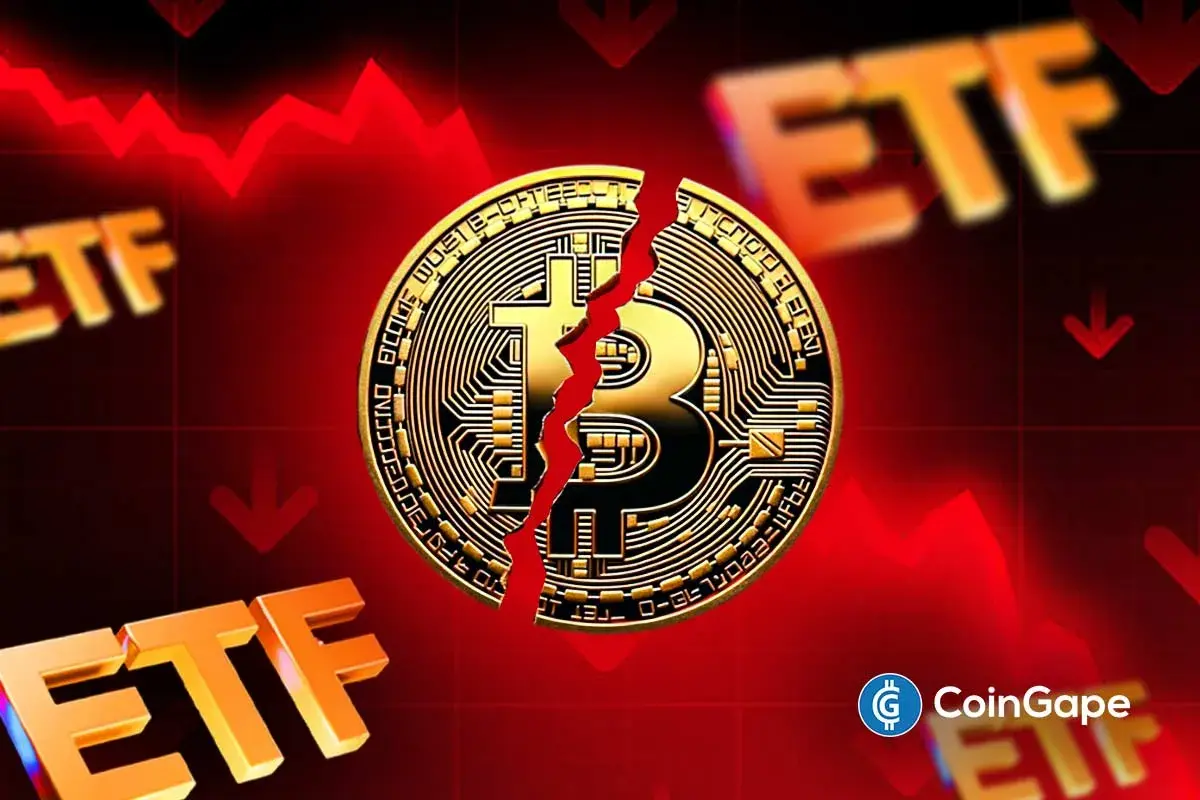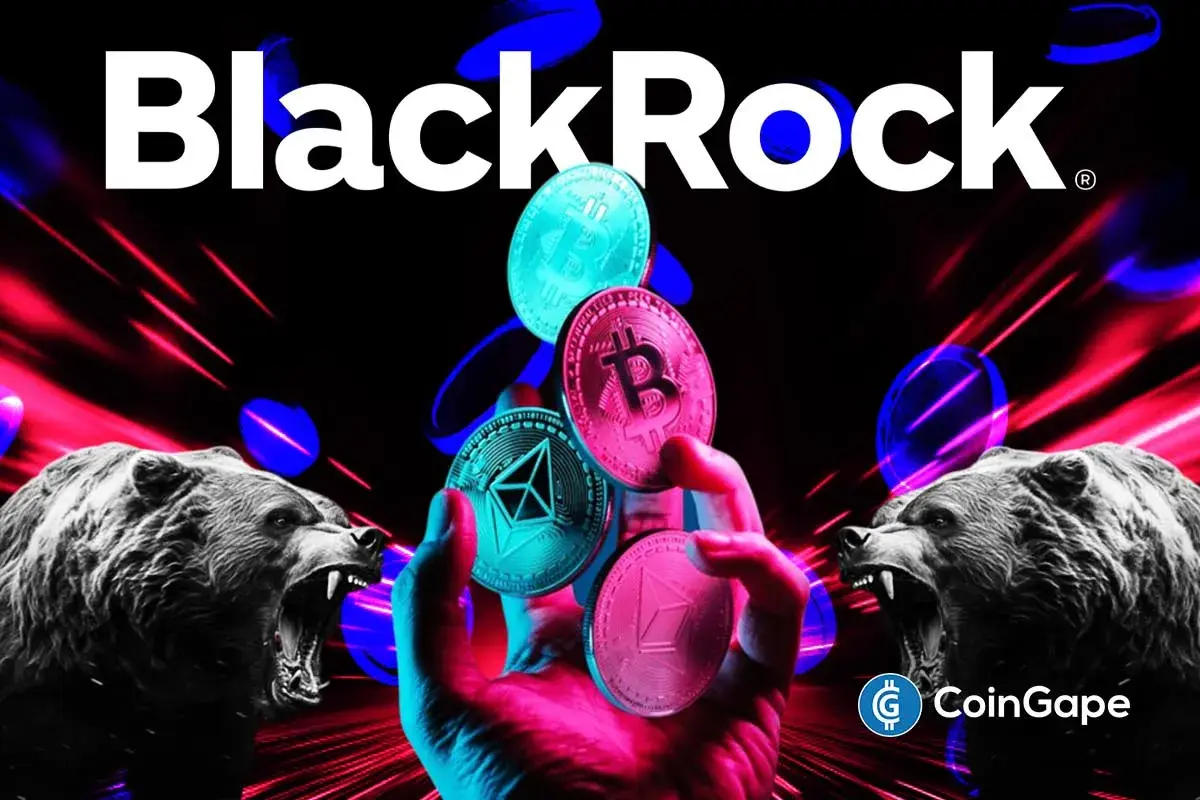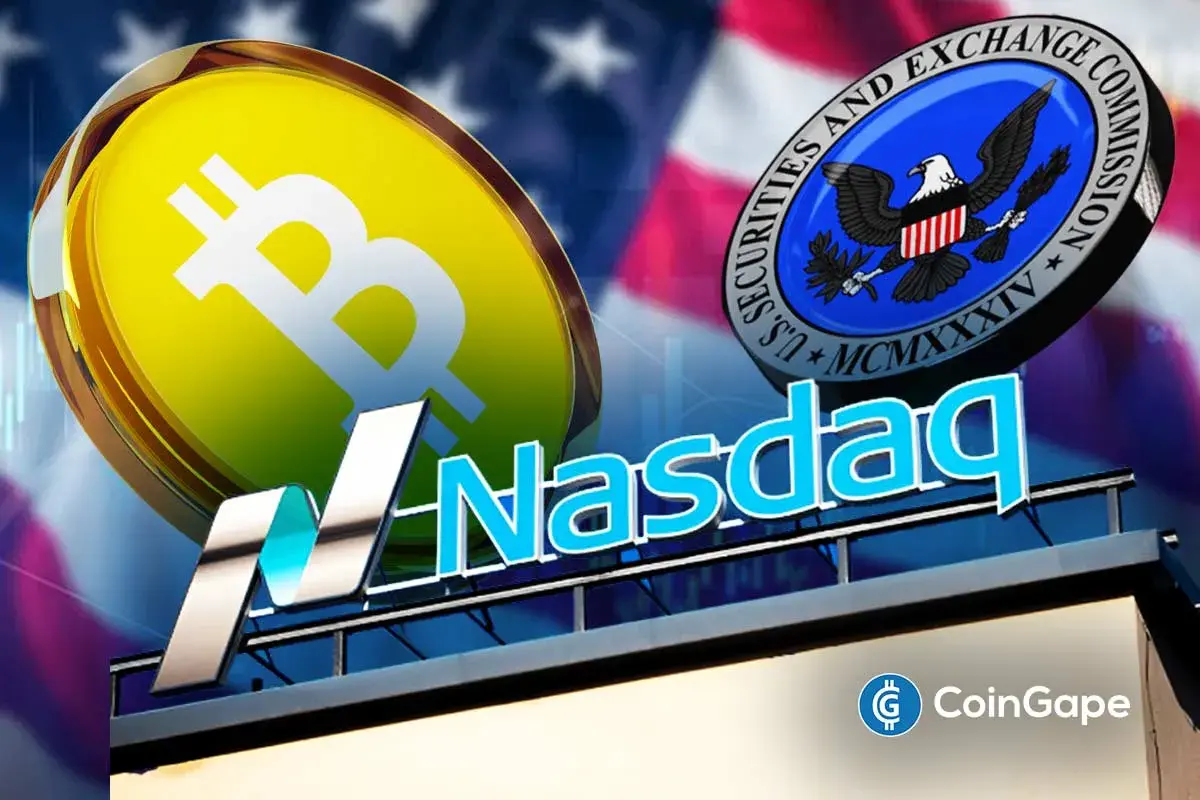Bitcoin Halving: Is 3200% Surge Feasible Following Potential Supply Crunch?

Highlights
- The upcoming Bitcoin halving continues to attract bullish projections.
- Analysts look at factors that can impede a massive rise.
- Data points to diminishing returns after halving.
The cryptocurrency market awaits the upcoming Bitcoin halving which will slash miner rewards by 50% as bulls tip another price run. A new market report from crypto analytics firm CoinGecko shows a two fold situation with steady increase in Bitcoin price after each halving and a case of diminishing returns.
Bitcoin has surged an average of 3,230% after three previous halvings with bulls projecting a price surge pointing to historical events. However, bears and short traders opine that the rise would not be as high as previous halvings due to supply crunch, sell pressure, crypto regulations, macroeconomic factors, etc.
Historic Trends in Bitcoin Price
The trend of Bitcoin halving dominated crypto spaces in the last few months. From miners and traders positioning to reserve flows to centralized exchanges, analyst have linked price movements to the historic bullish event.
The first halving in November 2012 slashed rewards from 50 BTC to 25 BTC. Within a year post halving, the price surged from $12 to $1,075 recording over 8,000% increase in price. The second halving in July 2016 reduced fees to 12.5 BTC with a yearly touch rise off 294%. Bitcoin price grew from $650 to $2,560 a year after the halving.
In May 2020, the third halving reduced rewards to 6.25 BTC with the price going from $8,727 to $55,847. Analysts signalled the diminishing return with respect to price movements after halving and how it can influence the next occurrence.
“Although the gain percentage following the third halving is greater than from the second halving, this is clouded by the Fed money supply increase. By increasing the M2 money supply, the Federal Reserve effectively repriced BTC.”
Diminishing Returns to Slow Price Surge
As Bitcoin adoption grows and the market capitalization increases, the market becomes more saturated leading to a more efficient price range for the asset. This is because the new influx of Bitcoin decelerates because the supply is finite at 21 million tokens.
With 19.6 million assets already mined, the market with still see 6.7% inflow in the future. “This implies that Bitcoin price will grow if the demand outpaces its present inflation rate of 1.74%. In turn, the demand for Bitcoin in the fourth halving, around April 20, 2024, will only have to outpace its inflation of less than one percent.”
Read Also: Paradigm To Raise $850M In Biggest Fundraiser Since Crypto Winter
- Will Crypto Market Crash as Over $27B in Bitcoin, ETH, XRP, SOL Options Expire Today?
- Trust Wallet Hack Update: CZ Speaks Out on $7M Loss, Promises Support
- Trust Wallet Hack: Users Hit as Hacker Drains BTC, ETH, BNB
- Binance Founder CZ Reacts as BNB Chain Dominates Ethereum, Solana In This Metric
- Mike Novogratz Credits XRP Army for Token’s Relevance as ETFs Maintain Inflow Streak
- FUNToken Price Surges After MEXC Lists $FUN/USDC Pair
- Bitcoin Price on Edge as $24B Options Expire on Boxing Day — Is $80K About to Crack?
- Crypto Market Rebounds: Are Bulls Positioning for a Santa Rally?
- XRP, Bitcoin, Ethereum Price Predictions Ahead of Jan 2026 CLARITY Act and US Crypto Reserve Plans
- Pi Network Analysis: Pi Coin Price Surges on Christmas Eve, Can It Hit Year-End Highs?
- Why Dec 26th Is A Do Or Die for Bitcoin Price Ahead Of Record Options Expiry?

 Claim $500
Claim $500














